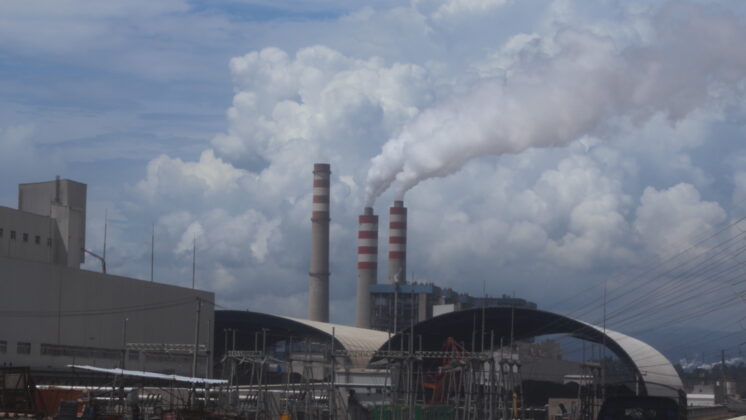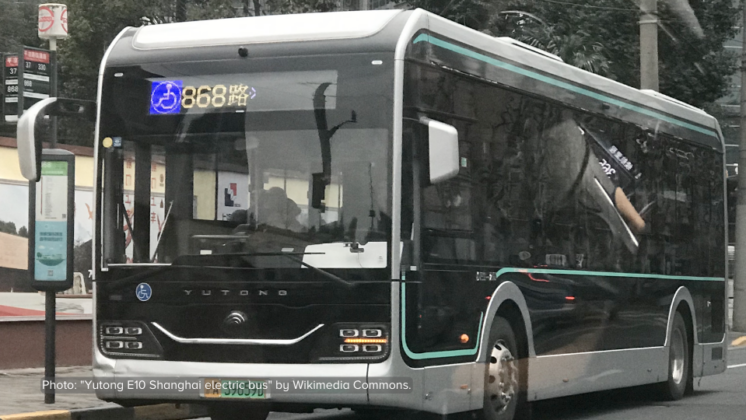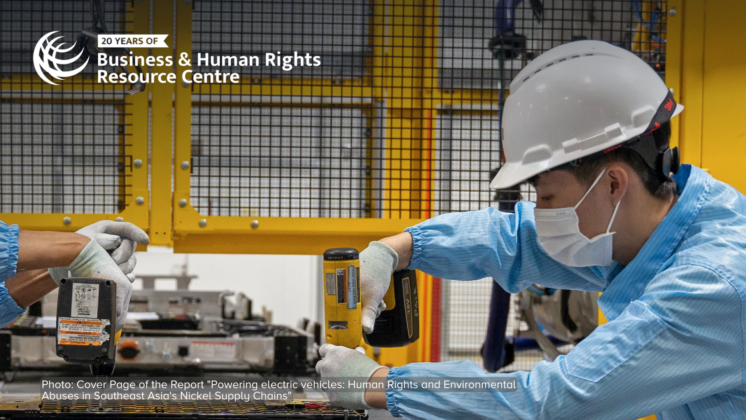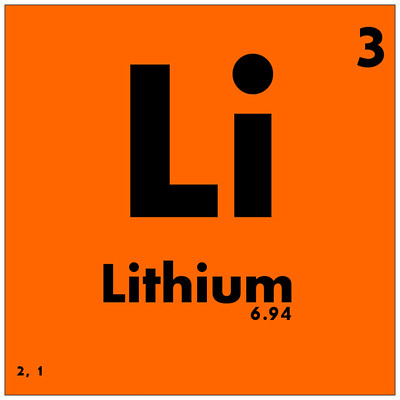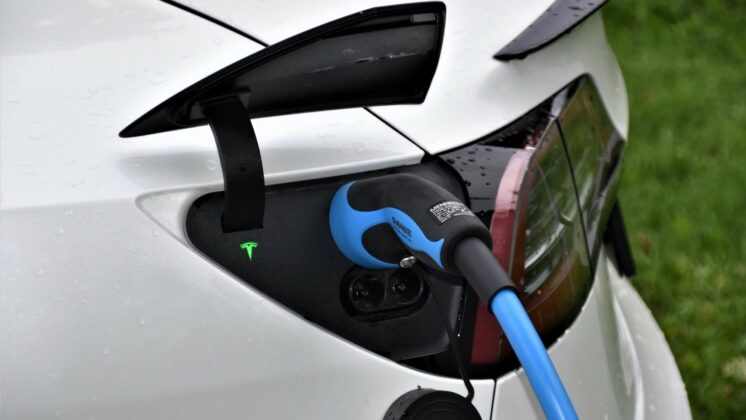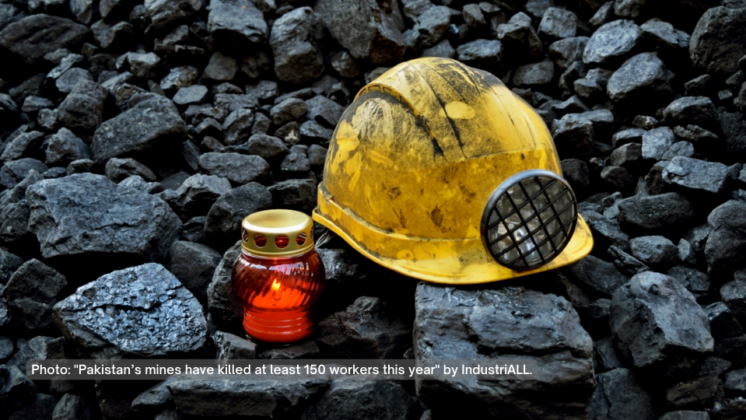The electronics sector is one of the largest users of Mica globally and demand for the mineral is growing. Yet according to recent research conducted by SOMO and Terre des Hommes, electronics companies often do not know where Mica is sourced from and whether it is linked to illegal child labour.
Mica extraction often takes place at informal or illegal mining sites in developing nations where infrastructure and regulation is limited. This is a labour intensive process where miners are poor and vulnerable, often conducting their work by hand in poorly maintained shafts. This is dangerous work with little health and safety or protective equipment.
According to SOMO and Terre des Hommes, Mica mining and processing sites in developing nations are also high-risk areas for child labour and human rights violations. Red flag countries include Madagascar, India, China, Brazil and Sri Lanka. Therefore, electronics companies which source from these areas are also at a high risk of being involved with child labour, particularly if no measures are taken to trace and monitor mineral sources.
The report also tries to examine the status of risk-based due diligence processes for mica among different industries. Labour conditions, as well as production, export and import statistics around mica mining in the fifteen largest non-western and five largest western mica-producing countries are investigated. Especially child labour is a major problem.
The research highlights that electronics companies need to take responsibility for adverse impacts in their supply chain. This should focus on checking mineral supply chains to identify potential risks, then develop management policies/measures to prevent or mitigate these risks.
Download the report by SOMO and Terre des Hommes on Global Mica Mining.


